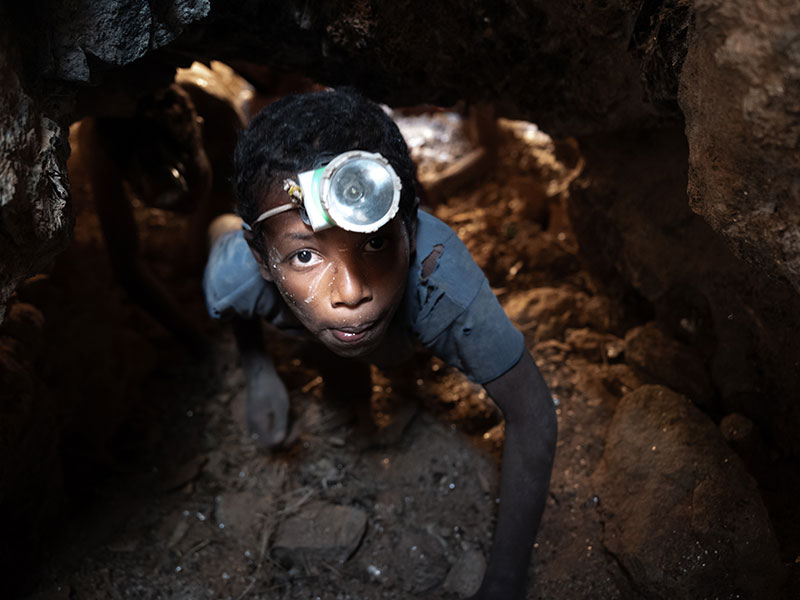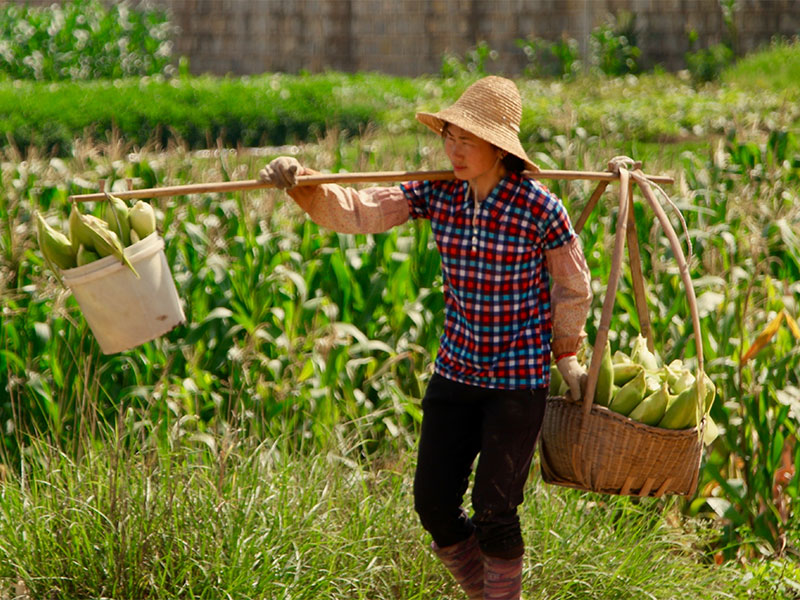Header Photo Credit: Pixabay_Pexels
Key Points
- Risk and impact assessments are fundamental to supply chain due diligence. They can help identify child labor and forced labor downstream in supply chains.
- Companies may be aware of the first-tier factories and production facilities in their supply chains, but often know little or nothing about the practices of second, third, and other tiers of suppliers in their supply chains, including practices of agents, vendors, or contractors.
- Supply chain mapping must include identifying where child and forced labor risks lie. Worker-driven risk assessments elevate workers’ unique insights and experiences as primary sources of information.
- Direct employment relationships reduce risk compared to third-party and subcontractor relationships.
- Any company-led risk and impact assessment process should begin with a thorough examination of a company’s internal processes and the ways in which it may be causing—or is at risk of causing—child labor and forced labor abuses through its own practices.
- Certain company processes—including mineral and resource extraction—can exacerbate risks of child labor and forced labor, and may also contribute to social conflicts, resulting from, for example, wealth imbalances, unequal distribution of royalties, land-access issues, and increased presence of security forces and firearms.
- Supply chain mapping is a critical step in assessing the risks and impacts of labor abuse. It involves knowing who a company’s suppliers are, where they are located, and how those locations may evolve over time.
- Mapping of a company’s supply chain does not imply that the company is responsible for all impacts and risks associated with every entity in the chain.
- The following Key Topics further explain how a company can conduct a worker-driven risk assessment.
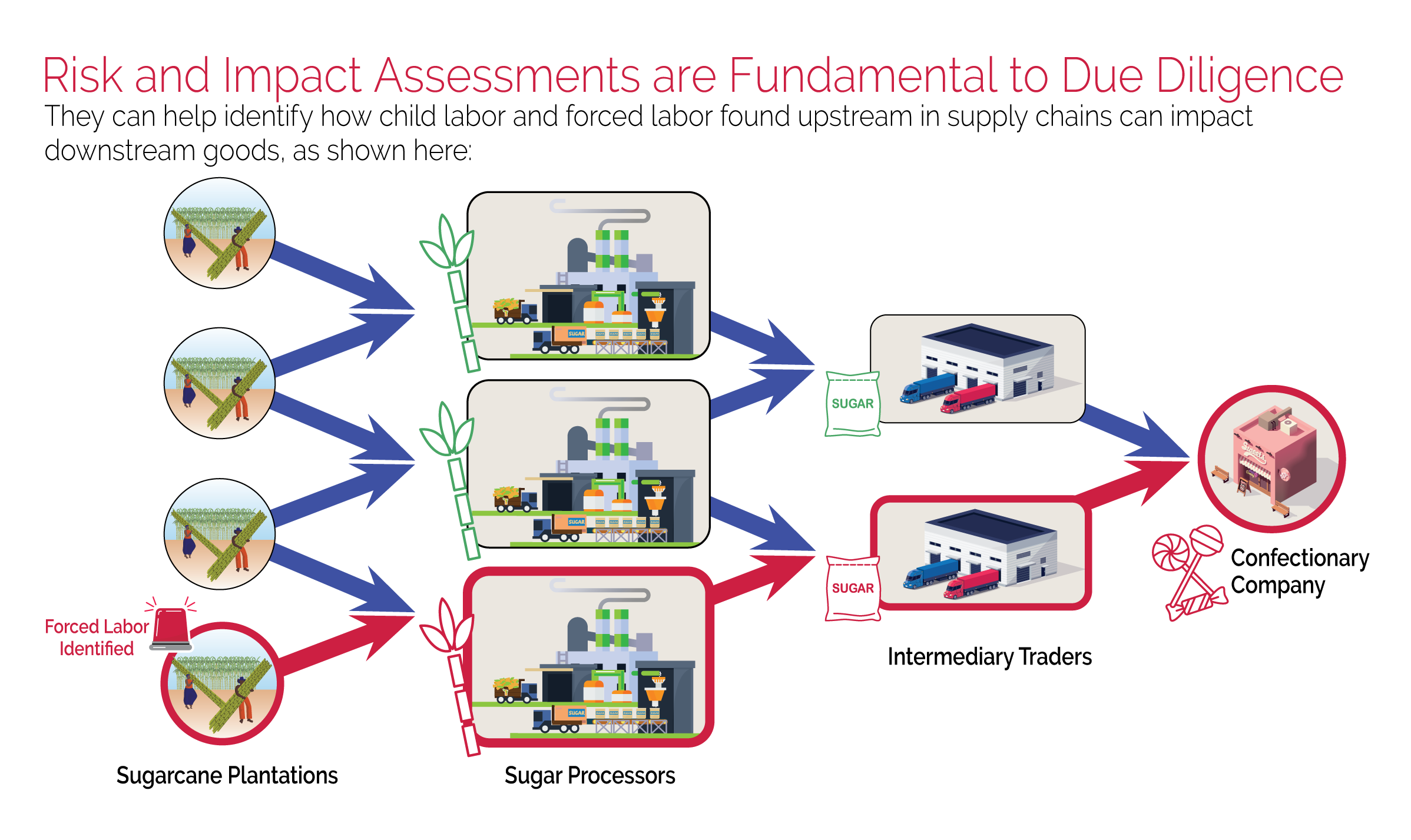
Key Topics
Examples in Action

Migrant Forum in Asia (MFA)* is a regional network of NGOs, associations, and trade unions committed to protecting and promoting the rights and welfare of migrant workers. Their research found thousands of cases of wage theft across Asia during the COVID-19 pandemic.
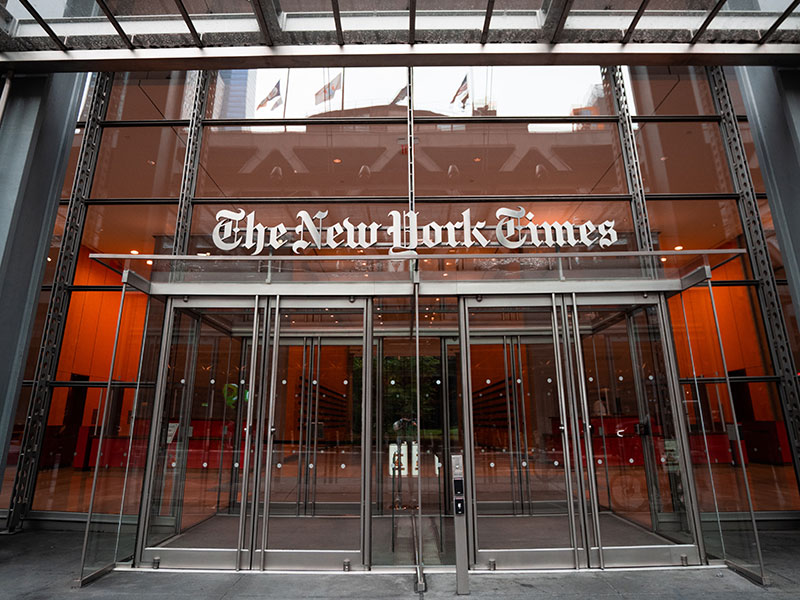
By shining a light on opaque tiers in supply chains, media coverage can impact whether businesses observe due diligence efforts to prevent and eliminate human rights violations in their supply chains.
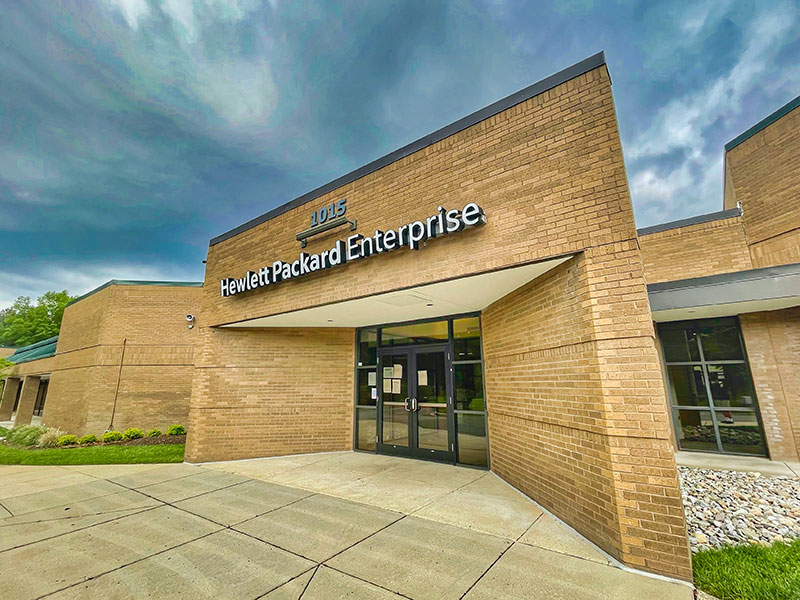
Since 2001, Hewlett-Packard Enterprise (HPE), a large U.S. multinational information technology company, has sought to retain a stable, high-quality supply chain with trusted partners through its Supply Chain Responsibility Program.
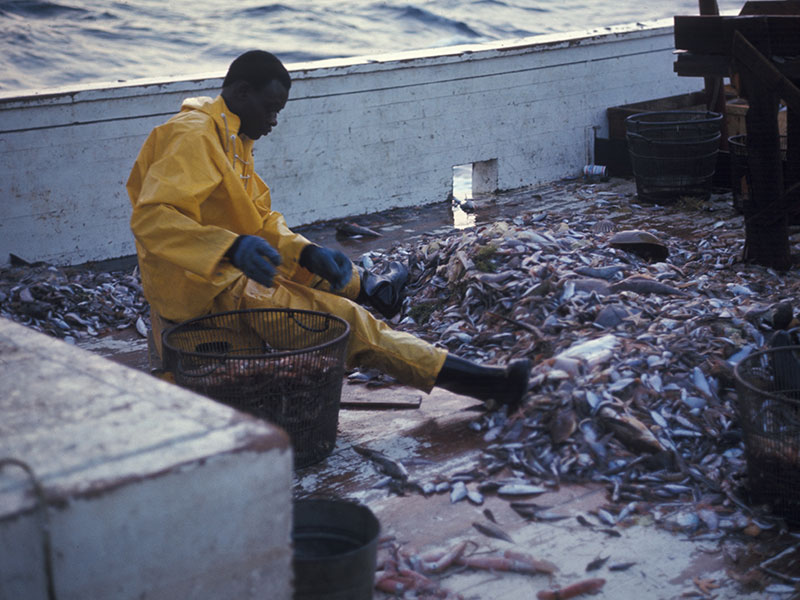
Child labor and forced labor are used to catch and process fish and seafood in a range of aquatic environments around the world. Connections with illegal, unreported, and unregulated (IUU) fishing, and the isolated nature of work in distant-water fishing, present challenges to child labor and forced labor law enforcement.
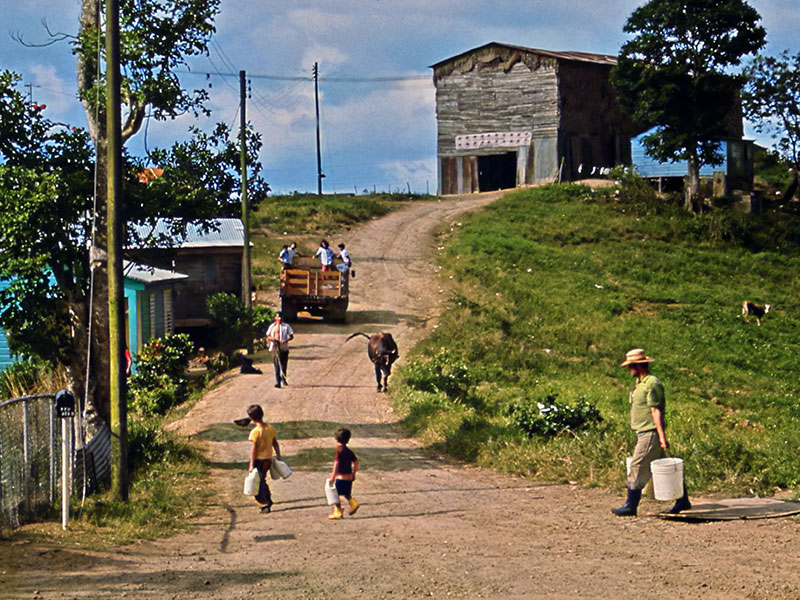
There are a growing number of migrant worker recruitment agencies that adhere to international labor standards. These companies do not charge recruitment fees and commit to a code of conduct that prohibits forced labor.

Companies and civil society groups are increasingly turning to worker communication platforms as an important tool in addressing the vulnerabilities of migrant workers and improving employee engagement. These applications provide companies with direct lines of communication with migrant workers in their supply chain.
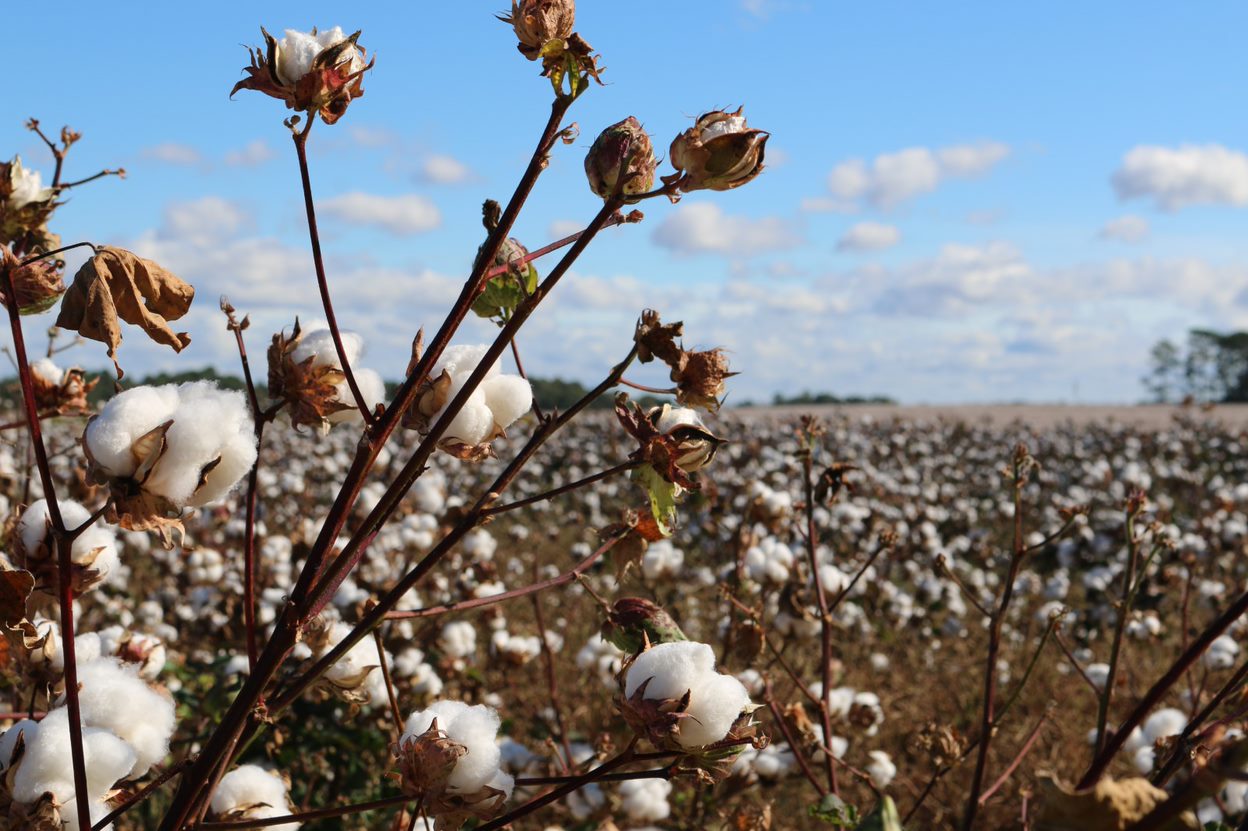
ILAB’s Global Trace Protocol Project is building a blockchain-powered platform that brings all members of the cotton supply chain in Pakistan to a single platform, including farmers, spinners, and fabric mills. The goal is to expand the number of tracing tools in high-risk supply chains and get those tools into the hands of a broad range of stakeholders to help eliminate child labor and forced labor.
Further Resources
- Better Buying. Research and Tools. [Online, accessed August 18, 2023]; available from https://betterbuying.org/research-tools/.
- Jungk, Margaret, Chichester, Ouida, and Chris Fletcher. “In Search of Justice: Pathways to Remedy at the Porgera Gold Mine.” BSR (2018), San Francisco; available from https://www.bsr.org/reports/BSR_In_Search_of_Justice_Porgera_Gold_Mine.pdf.
- U.S. International Development Finance Corporation. Environmental and Social Policy and Procedures. January 2020; available from https://www.dfc.gov/sites/default/files/media/documents/DFC_ESPP_012020.pdf.
- Verité, Help Wanted: Fair, Safe, and Legal Working Conditions Begin with Hiring; available from https://verite.org/help-wanted/.
- Verité, Resources; available from https://verite.org/resources/.
- Business & Human Rights Resource Centre, Guidance on Business, Human Rights Defenders & Civic Freedoms; available from http://www.business-humanrights.org/en/big-issues/human-rights-defenders-civic-freedoms/how-governments-can-support-hrds/.
- Internal Displacement Monitoring Centre. Global Report on Internal Displacement 2023; available from https://www.internal-displacement.org/global-report/grid2023/.


